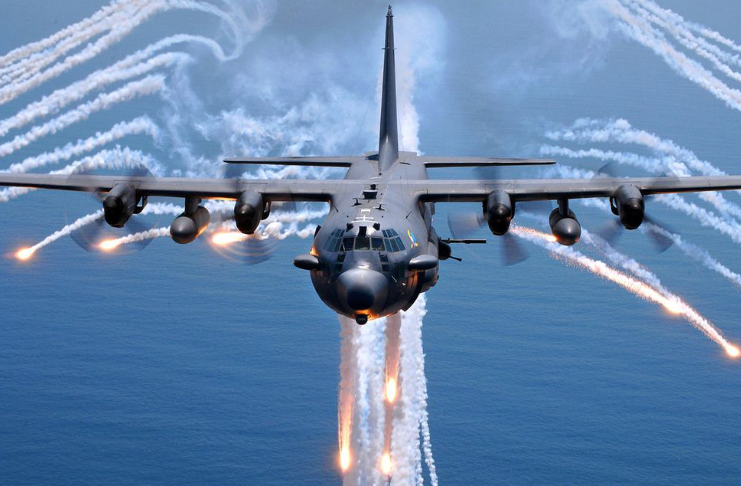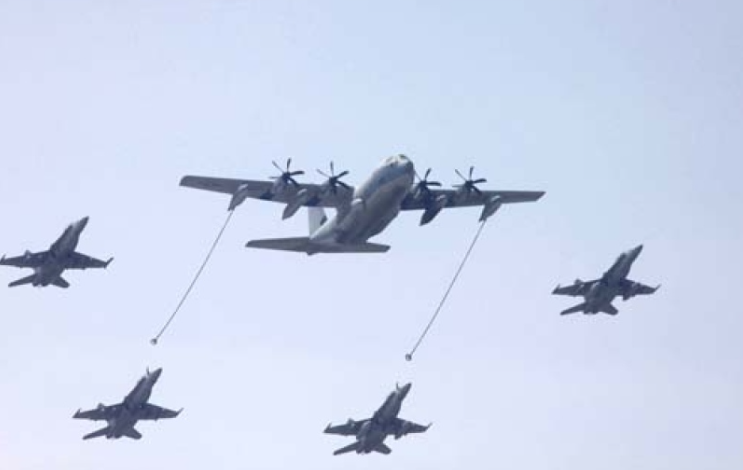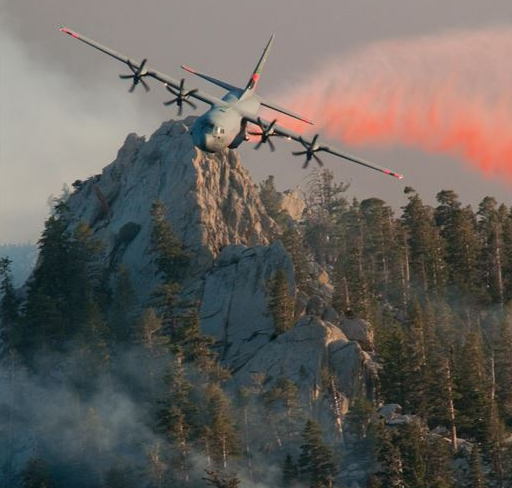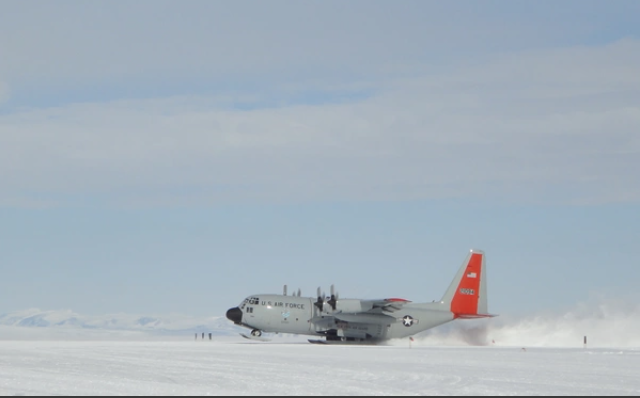
The last time I flew on a C-130 Hercules aircraft was from RAF Mildenhall, England, to Diyarbakir Air Base, Turkey.
It was not a very comfortable flight. But the C-130 is not necessarily built for passenger comfort.
The last time I wrote about that magnificent aircraft was not a happy occasion.
It was about the tragic May 2018 crash of a Puerto Rico Air National Guard C-130 in Georgia that killed all nine airmen aboard the aircraft.
Today is a happier occasion, but first some background.
The Georgia crash naturally focused attention on the age of the venerable Hercules aircraft fleet and its safety record.
The aircraft that crashed in Georgia rolled off the assembly line in 1965 as a standard C-130E, making it 53 years old at the time of the crash. “Sometime in the early 1970’s, it was converted to a WC-130H for use in weather reconnaissance (the “W” designation indicates the weather modifications).”
The U.S. Air Force aircraft investigation board report found “by a preponderance of evidence” the cause of the accident to be pilot error with crew members and maintainers actions being “contributing factors.”
Many C-130s have been lost before the Georgia accident (including 70 by the US Air Force and Marine Corps during the Vietnam War alone) and several afterwards. However, considering its risky, dangerous missions – including combat – its austere, adverse operating environment, its average fleet age and many other factors, experts still consider the C-130 to be an aircraft with an excellent safety record, equal or better to similar aircraft. It “serves as a symbol of reliability…supporting any mission whenever and wherever it calls.”
Perhaps best attesting to its safety, resilience and performance record is the fact that, since 1974, no WC-130 “Hurricane Hunter”(or “Typhoon Chaser”) has been lost in what probably is one of the toughest and most dangerous air missions: Flying straight into the eye of the fiercest hurricanes and cyclones, crisscrossing the storm and penetrating the powerful eyewall several times during each mission, collecting vital, often life-saving data on the nature and severity of the storm.
The WC-130(H) lost in 1974 was a Typhoon Chaser that flew out of Clark Air Base, the Philippines, on 12 October 1974 to investigate Typhoon Bess. As the aircraft was headed for the second time into the eye of the typhoon, radio contact was lost. The aircraft was not heard from again. All six crew members were presumed dead.
Safety is not the only attribute heaped on this aviation icon.
Some of the other accolades:
…support any mission — anywhere, any time.
…the true Swiss Army knife of transport aircraft.
…unparalleled versatility and proven performance.
…a symbol of reliability with unparalleled versatility.
…unmatched in its versatility, presence and interoperability.
…demonstrated unmatched versatility, flying to all corners of the globe.
…has etched its place in aviation history as one of the most versatile and enduring military transport aircraft.
…a symbol of reliability for 70 nations around the world, supporting any mission whenever and wherever it is called.
“Versatility” is the common denominator in most of the C-130 accolades.
And indeed, with over 70 variants of the aircraft to perform specific missions, versatility is the aircraft’s middle name. The C-130J Super Hercules alone — the latest and most advanced iteration of the C-130 – is certified to support 19 diverse, multi-mission capabilities..
It would take pages to list the missions, capabilities and feats of the C-130.
Some of the missions – in addition to troop and cargo transport — include close air support, weather surveillance, reconnaissance, search and rescue, electronic warfare and reconnaissance, maritime patrol, special operations, humanitarian missions, aerial refueling (below), delivering cargo by parachute or by low-altitude ground-cable extraction without having to land, delivering paratroopers.

The C-130 has dropped bombs, conducted ground attacks with side-firing cannons, retrieved satellites in mid-air, snagged capsules filled with spy satellite film, rescued hostages, broadcast radio programs to convince enemy troops to surrender, disrupted enemy communications, rescued hostages. (Remember Operation Dragon Rouge in the former Belgian Congo and the daring 1976 Israeli Raid on Entebbe.)
It has provided critical assistance during natural disasters and peacekeeping missions around the world.
It has also performed aeromedical and scientific research support, medical evacuation and firefighting (below). It has dropped hay to stranded cattle, sprayed against mosquitos and, yes, it is also a great commercial transport aircraft.

In addition to holding the title for the longest continuous aircraft production run in history, with more than 2,700 C-130s delivered to the military forces of 70 countries around the world, the C-130 has landed on, and taken off from, the highest air strips in the world, the shortest, most austere, unprepared runways, and — equipped with skis and Teflon-coated runners — on snow and ice, even in Antarctica (below).

It is the largest, heaviest ever aircraft to land on an aircraft carrier, not once, but many times.
In other words, “The Herc goes where other airlifters can’t, won’t or don’t go.”
Well, On Saturday August 24, this “jack of all trades,” this “total badass,” this “work horse,” this “Hercules,” this “national asset,” celebrated an important anniversary.
It was 70 years since the day when Lockheed test pilots and flight engineers took the new YC-130 prototype on its maiden voyage from Burbank, Calif., to Edwards Air Force Base.
Since then, it has etched its place in aviation history as one of the most versatile and enduring military transport aircraft. Even as the fleet is aging and there is increased competition, the venerable Super Hercules “is alive and well…and winning.”
At the recent Farnborough Airshow in England, Nicholas Smythe, head of international business development for the program, said, “We’re building 20 aircraft a year, and we intend to be in production up until the year 2040 or beyond.”
We wish the Hercules a Happy 70th Anniversary.
Disclosure: In a previous life, the author worked for the Lockheed Corporation (now Lockheed-Martin) supporting the marketing of Lockheed aircraft — including the C-130 — and of aircraft maintenance business interests in Europe and the Far East.
















